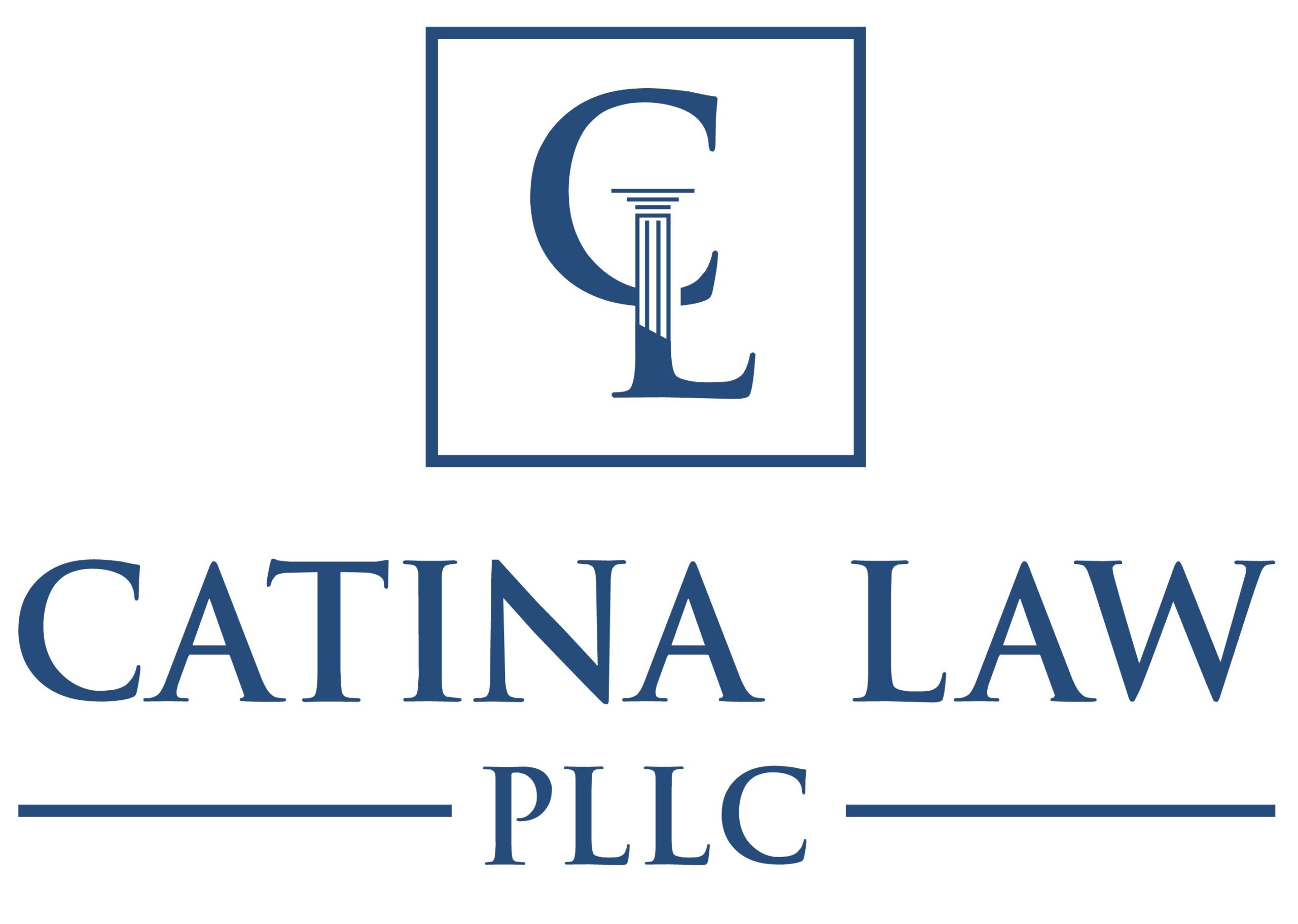Form TP-584 is a Combined Real Estate Transfer Tax Return, Credit Line Mortgage Certificate, and Certification of Exemption from the Payment of Estimated Personal Income Tax. This form is completed in order to comply with the requirements of the real estate transfer tax, the tax on mortgages as it applies to the Credit Line Mortgage Certificate, and the exemption from estimated personal income tax as it applies to the sale or transfer of real property or cooperative units under Tax Law Section 663(a).
For every conveyance of real property in the State of New York from a grantor/transferor to a grantee/transferee, the Form TP-584 must be filed. The nature and condition of the conveyance will dictate which of the form’s schedules may be required to be completed.
The TP-584 form is filed with the recording officer of the county where the real property being conveyed is located. Typically, this form must be filed with the appropriate recording officer no later than the fifteenth day after the delivery of the instrument effecting the conveyance, such as a deed or an easement.
Form RP-5217 is a Real Property Transfer Report, and it is used to document the information associated with real property transfers for approved counties within the State of New York. An original RP-5217 is required to be filed with all deeds and correction deeds upon filing with the Recording Officer, and a fee is also required. The state, counties, and agencies and officers are exempt from this fee pursuant to Section 8017 of the Civil Practice Law and Rules.
Information that is required on the RP-5217 is the property location; the buyer’s name; the buyer’s tax billing address; the seller’s name; the number of assessment roll parcels transferred; the deed property size; the property use, as of the time of the sale or as the buyer intends to use the property after the sale; the sale contract date; the date of the sale/transfer; the full sales price; and any conditions of the sale; the assessment information, as taken from the latest final city or town assessment roll or latest tax bill at the time of the sale; the property class code; the school district name; and the parties’ certification to the foregoing information.
For more information on either of these forms, each has instructions that accompany the form and details how the form should be completed. When working with your real estate attorney and the title company, the information necessary to complete these forms will be gathered and completed prior to the closing.
Disclaimer: The information contained in this post is not, nor is it intended to be, legal advice. You should consult an attorney for advice regarding your individual situation. We invite you to contact us and welcome your calls and communications. Contacting us, however, does not create an attorney-client relationship.
